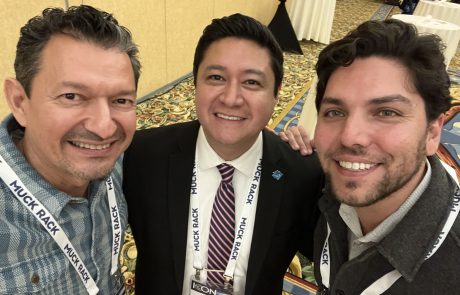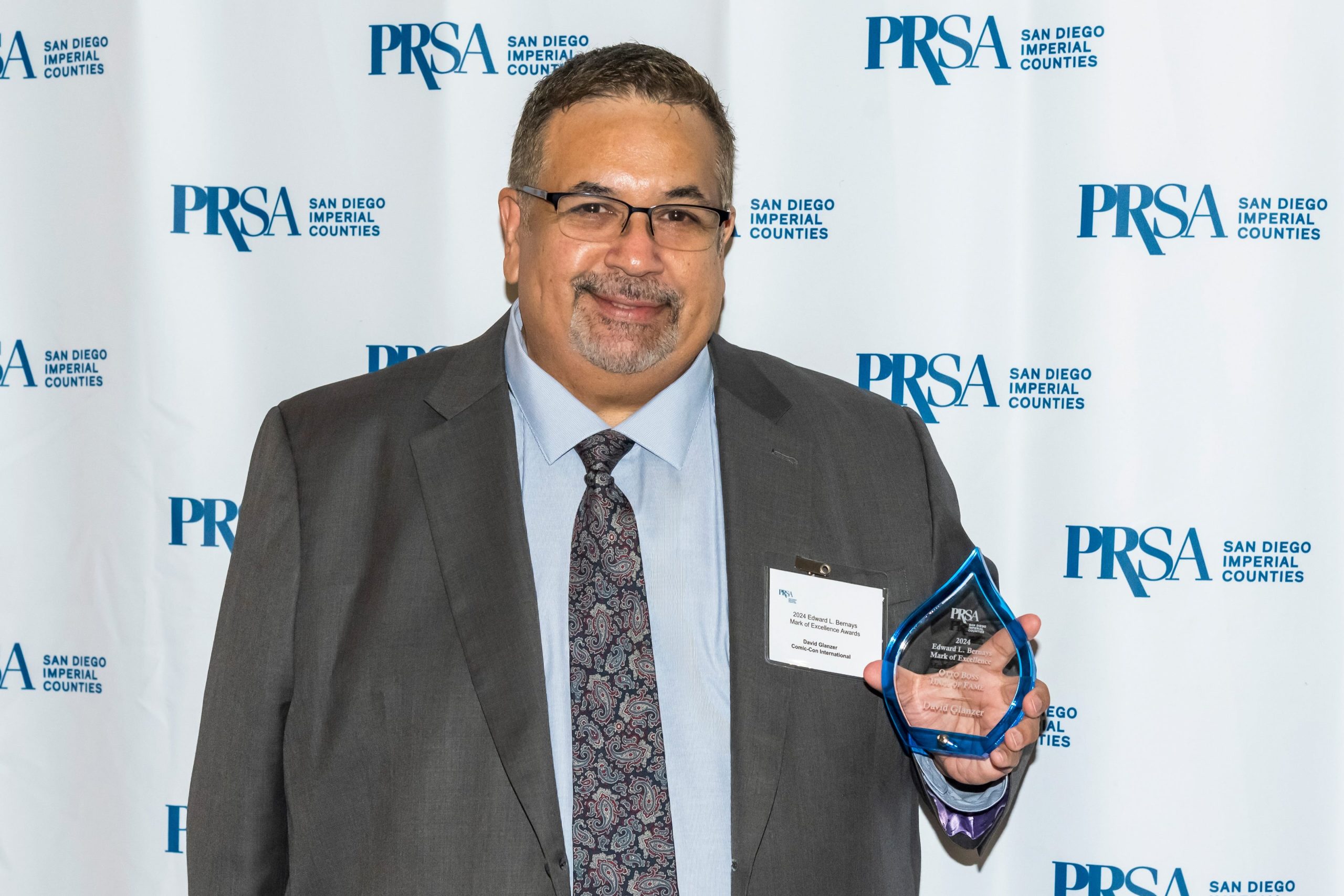1. Dominant narratives are invisible. Speak them out loud.
Deep or dominant narratives are set forward and protected by groups in power. They are harmful toward the groups that they don’t represent. Examples include patriarchy and white supremacy, according to speaker Adena J. White (PRSA Arkansas Chapter).
They way to start deconstructing them is to talk about them. Say it out loud.
We must also produce inclusive stories. Lead with curiosity here. Ask good questions. Listen and engage. As you’re crafting the story, think of its cultural impact as an indicator of success. What’s missing in the narrative? How can you use the story to shift the dominant culture?
2. Perfection is the killer of confidence.
Keynote speaker Katty Kay, award-winning broadcast journalist, declared that, when it comes to success, confidence matter as much as competence if not more.
The key to confidence is taking risks. Taking risks means being prepared to fail.
Lastly, confidence is the stuff that turns thoughts into action.
3. Leaders need to be aware of acculturation stressors and provide instrumental support.
Rosalynn Vasquez, Ph.D., assistant professor of public relations at Boston University, presented her latest qualitative findings about Latinas in PR.
Through a set of interviews with 27 Latina practitioners, she identified through lines in their professional experiences:
- Latinas who have been successful in career advancement is based on personal advocacy
- Leaders need to be aware of blases surrounding bilingual language expectations
- Latinas want to be seen (and valued) for their complete skill set and not as a one-dimensional practitioner
- Leaders need to be aware of acculturation stressors and provide instrumental support
4. Use questions to lead your clients or leadership to RPIE (Research-Planning-
PRSA Fellow Sam Smith questioned by the planning process takes so long to launch.
He advised that when being challenged by clients or leadership about the validity of our process (especially thinking of those who want to start with tactics right away), we can use questions to take us all back to research.
Things like: How do we know that’s the audience we need? How we do know that they’re the ones that will move the needle for us?
When there is a blank response – we can follow with, “I feel like we might benefit from conducting some research to get us those answers.”
5. The taught history of PR heroes and milestones is being broadened and revisited.
PRSA published a new book, “75 Years of Impact and Influence: People, Places & Moments in Public Relations History.”
The book underlines stories of “hidden figures” in our field, especially triumphs by BIPOC and women. The Q&A of the session brought up interesting notes about the taught history of PR in colleges and APR study guides— both have historically excluded the populations that the new publication seeks to highlight, according to committee members of PRSA’s 75th anniversary that worked in the book.





